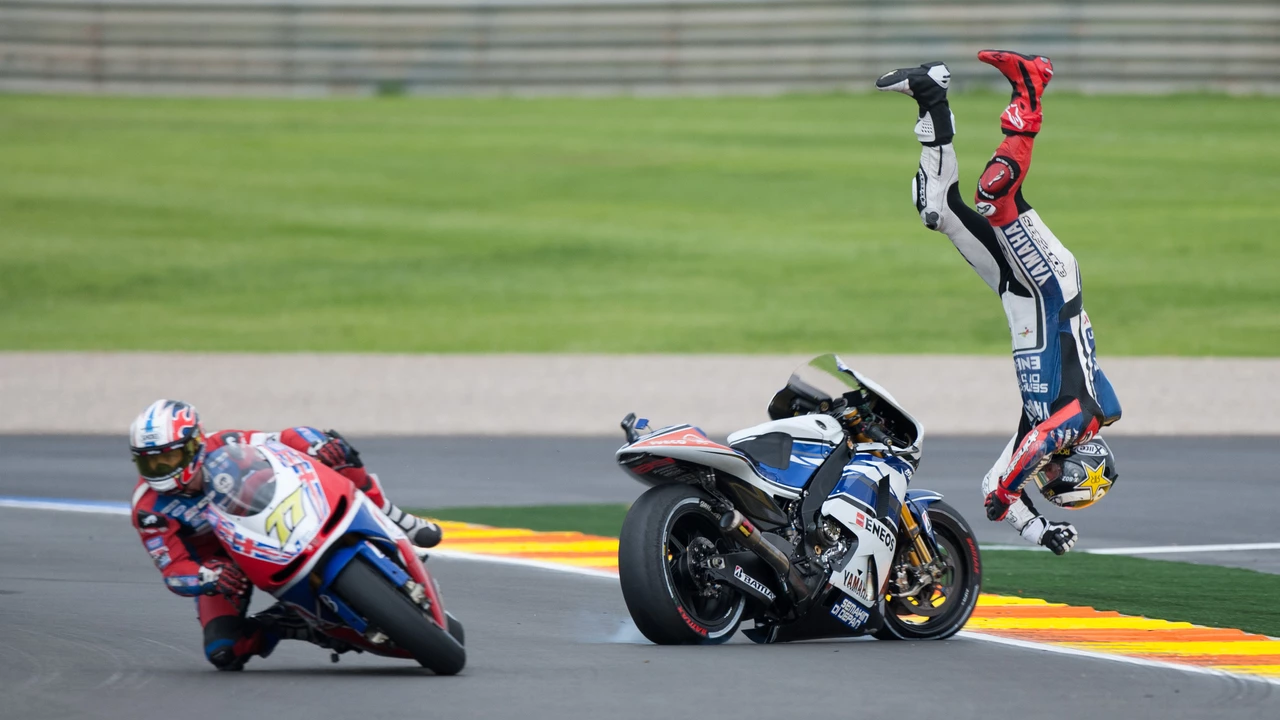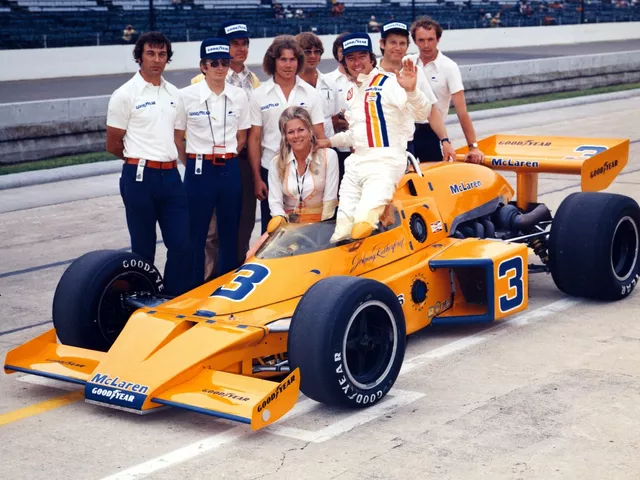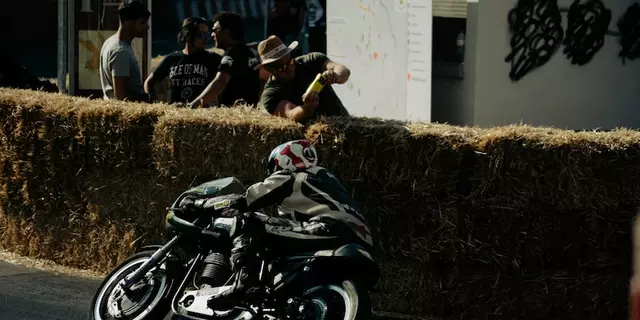Motorcycle Techniques: Boost Your Riding Skills
Whether you’re just starting out or you’ve been on two wheels for years, the right technique can make every ride safer and more fun. Small changes in how you sit, turn, and use the controls often give a huge jump in confidence. Let’s break down the basics you can try right now.
Basics Every Rider Should Master
Body position matters. Keep your elbows slightly bent and relax your shoulders. When you’re upright, your weight is centered, which helps the bike stay stable on straight roads. If you’re taking a turn, lean the bike, not your body. Push the bike into the turn and let the bike do the work.
Braking technique. Use both front and rear brakes together. Squeeze the front brake first, then add the rear. This gives the most stopping power without locking the wheels. Practice smooth, progressive pressure rather than a hard yank.
Throttle control. Roll the throttle gently when exiting a corner. A sudden burst can make the rear wheel spin, especially on wet or loose surfaces. Aim for a steady increase in power as you straighten the bike.
Look where you want to go. Your eyes lead the bike. If you stare at a hazard, the bike tends to follow. Keep your gaze on the exit of a turn or the line you want to follow, and the motorcycle will naturally follow.
Advanced Techniques for the Track
Slipstreaming. Riding close behind another bike reduces wind resistance. On a long straight, tuck in behind a rider and you’ll gain a few extra kph without extra throttle. Be careful to keep a safe distance and be ready to react if the lead rider brakes suddenly.
Counter‑steering. To initiate a quick turn, push the handlebar in the opposite direction of the turn (push left to go left). The bike will lean and turn the way you want. It feels odd at first, but it’s the fastest way to change direction on a sport bike.
Trail braking. Instead of finishing braking before you start to turn, keep a little brake pressure while you’re entering the corner. This shifts weight to the front tire, giving more grip for a tighter line. Practice gently; too much brake can make the front wheel lose traction.
Weight transfer. Shift your weight forward when braking and backward when accelerating. On a hill start, bring your body forward to keep the front wheel planted, then move back as you give throttle. This simple move prevents the bike from stalling.
All these techniques become second nature with repetition. Start on a quiet road or a closed track, focus on one skill at a time, and build up slowly. Remember, safety comes first – wear a good helmet, gloves, and protective gear while you practice.
Need more ideas? Check out our other posts on slipstreaming in MotoGP, braking differentials, and how to handle a bike on a wet surface. Every tip you add to your toolbox makes you a more confident rider and opens up new riding adventures.
Why do MotoGP riders not turn their handles?
In the thrilling world of MotoGP, it might seem odd but riders don't actually turn their handles to steer. Instead, they use a technique called counter-steering, where they push the handlebar in the opposite direction of the turn. This creates a lean which ultimately guides the bike into the turn. It's a more efficient way to navigate the high-speed twists and turns of a race, offering better control and stability. This technique showcases the physics at play in MotoGP racing, where precision, skill, and understanding of mechanics come together.





